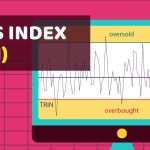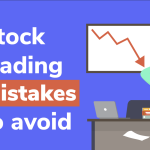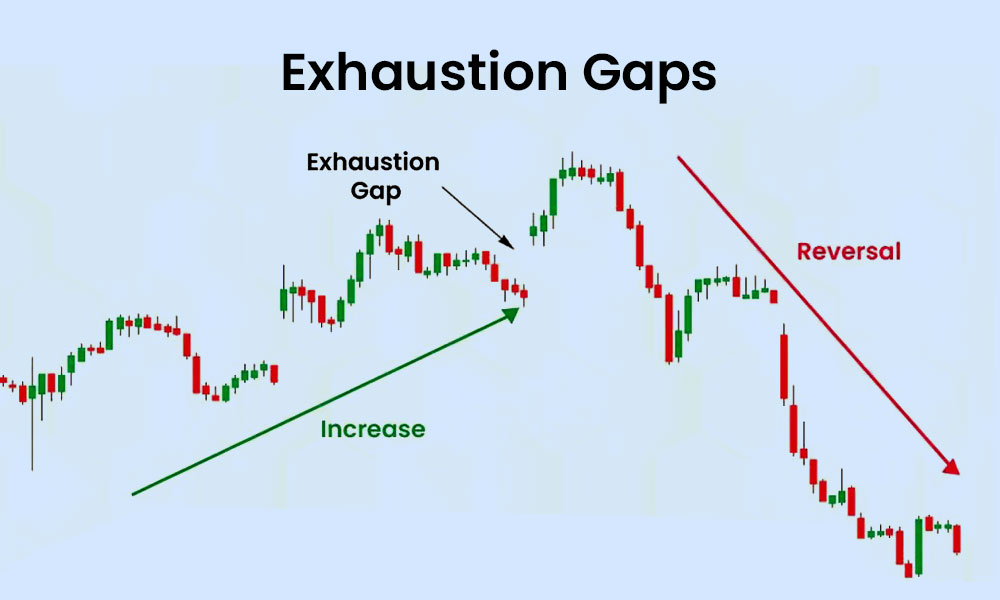
By ATGL
Updated October 18, 2024
Money market accounts are a popular choice for individuals looking for a secure place to store their savings while earning a higher interest rate than a traditional savings account. However, while these accounts are generally considered low risk, they are not without potential drawbacks. This article will examine how money market accounts work, their safety features, associated risks, and how they compare to other financial products like savings accounts and certificates of deposit.
What Is a Money Market Account?
A money market account is a type of deposit account that typically offers higher interest rates than a regular savings account while providing easy access to funds. These accounts combine some features of savings accounts, such as interest payments, with certain characteristics of checking accounts, like limited check-writing abilities and debit card access.
Money Market Accounts vs. Money Market Funds
Note that money market accounts are different from money market funds. A money market fund is an investment product, often a mutual fund, that invests in low-risk securities such as government bonds. The FDIC does not insure funds, and their value can fluctuate based on market conditions. Money market accounts, on the other hand, are insured by the FDIC up to the applicable limits, making them safer for most depositors.
Safety Features and Advantages of Money Market Accounts
Money market accounts offer a balance between safety, accessibility, and higher interest rates, making them an appealing option for risk-averse investors.
- Federal Insurance and Protection: One of the key safety features of money market accounts is the FDIC or NCUA insurance. Deposits in a money market account are insured up to $250,000 per depositor, per insured institution, in each ownership category. This guarantees that even if the bank or credit union fails, your deposit up to that limit is protected.
- Regulation and Oversight: Money market accounts are offered by banks and credit unions, which federal agencies heavily regulate. These regulations ensure that financial institutions adhere to stringent operational standards, further safeguarding your deposits.
- Higher Interest Rates Compared to Savings Accounts: Typically, money market accounts offer better interest rates than regular savings accounts, giving savers a chance to grow their funds more quickly. While rates fluctuate based on market conditions, they are generally higher than standard savings account rates.
- Liquidity and Access to Funds: Another advantage is the liquidity that money market accounts offer. Although there may be some withdrawal limits (typically six per month), you still have relatively easy access to your funds, unlike longer-term investment products such as CDs.
Key Money Market Account Risks
The primary risks of a money market account include fluctuating interest rates, limited accessibility, and the impact of inflation. Although these risks don’t jeopardize your principal balance, they can affect the growth and purchasing power of your savings. Consider incorporating concepts like the investing risk ladder to evaluate where money market accounts fit into your overall risk management strategy.
Interest Rate Fluctuations
Money market account interest rates are variable, meaning they can change based on broader economic conditions. If market interest rates fall, the return on your account may decrease. For savers looking for consistent, predictable returns, this can be a drawback.
Accessibility and Withdrawal Limits
Money market accounts generally limit the number of transactions you can make per month. Most accounts allow up to six withdrawals or transfers. Exceeding this limit can lead to fees or even restrictions on your account. If you need frequent access to your funds, this could be a potential inconvenience.
Inflation Impact
While money market accounts are safe from market volatility, they are not immune to inflation risk. If inflation rises faster than the interest rate you earn on your money market account, the purchasing power of your savings could decline over time, meaning your money might lose value even though your account balance remains steady.
Can Money Be Lost in a Money Market Account?
Under normal circumstances, you cannot lose money in an FDIC- or NCUA-insured money market account, as your deposits up to $250,000 are protected by federal insurance. However, while your principal is secure, the return on your money might be lower than anticipated if interest rates fall, and inflation can diminish the real value of your savings over time. Additionally, certain fees, such as those incurred for not maintaining the required minimum balance, can erode your overall returns.
Comparison to Traditional Savings Accounts
Money market accounts are often compared to traditional savings accounts. The FDIC or NCUA insures both, and both allow you to store funds while earning interest. However, money market accounts tend to offer higher interest rates than savings accounts, providing a better return on your savings. Additionally, money market accounts may offer limited check-writing privileges, which savings accounts typically do not.
The primary downside is the potential withdrawal limits on money market accounts, which savings accounts may not have to the same extent. For individuals who prioritize flexibility and need unrestricted access to their funds, a savings account may be a better option.
Comparison to Certificates of Deposit (CD)
CDs are another low-risk savings product, but they differ from money market accounts in several ways. CDs usually offer fixed interest rates for a specified term, which can range from a few months to several years. In exchange for a guaranteed rate, you agree to leave your money in the CD for the duration of the term.
While CDs offer more predictable returns than money market accounts, they lack liquidity. Withdrawing funds before the term ends typically results in early withdrawal penalties. Money market accounts, in contrast, offer more flexibility, allowing you to access your funds without penalty (within the transaction limits).
Terms, Interest Rates, and Risks
Money market accounts have the advantage of providing flexibility along with a variable interest rate. CDs, on the other hand, may offer higher fixed rates but at the cost of locking in your funds. Depending on your financial goals and need for liquidity, one may be a better fit than the other.
Make Informed Financial Decisions With Above the Green Line
At Above the Green Line, we help you make data-driven financial decisions. While money market accounts offer safety and liquidity, they also come with certain risks. By understanding these risks, you can better decide whether a money market account fits into your financial strategy.
For a more in-depth look at managing risk and optimizing your portfolio, explore our membership options, which provide access to exclusive tools and insights, including strategies like stock market sector rotation, to enhance your investment decisions.






